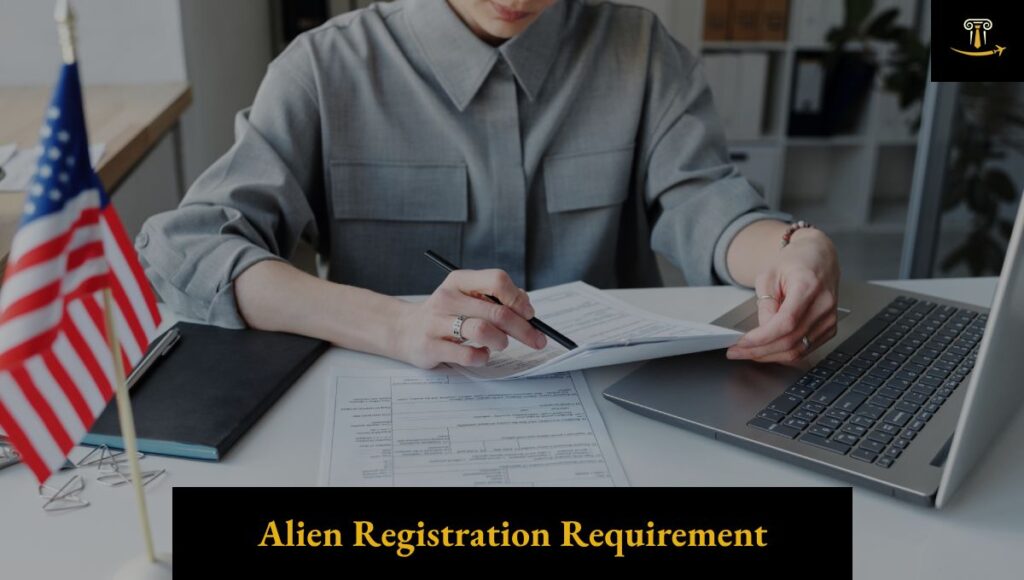Form I-140, Immigrant Petition for Alien Worker, is a critical component of the United States employment-based immigration process. This form is submitted to U.S. Citizenship and Immigration Services (USCIS) to petition for a foreign national to obtain lawful permanent residency (a green card) through employment sponsorship. Depending on the preference category, the petition may be filed either by a sponsoring U.S. employer or, in certain cases, by the beneficiary as a self-petitioner.
Purpose of Form I-140
The I-140 petition establishes that:
- The foreign national qualifies for an immigrant visa under a specific employment-based category.
- A valid permanent job offer exists (unless waived).
- The U.S. employer has the financial capacity to pay the proffered wage as of the priority date.
Approval of Form I-140 does not itself confer immigration status but is required for proceeding with either adjustment of status (Form I-485) within the United States or consular processing abroad.
Employment-Based Immigrant Visa Categories
Form I-140 applies to the first three preference categories of employment-based immigration:
EB-1: First Preference – Priority Workers
- EB-1A – Individuals of extraordinary ability in sciences, arts, education, business, or athletics. No job offers or employer sponsorship required.
- EB-1B – Outstanding professors and researchers. Requires a permanent job offer and sponsorship by a U.S. employer.
- EB-1C – Multinational executives or managers. Must have been employed outside the U.S. in a managerial/executive role for at least one of the past three years and seek to continue such employment with the U.S. petitioner.
EB-2: Second Preference – Advanced Degree Professionals or Individuals of Exceptional Ability
- Requires a job offer and an approved labour certification (PERM) unless applying under a National Interest Waiver (NIW), in which case the job offer and PERM requirement may be waived.
EB-3: Third Preference – Skilled Workers, Professionals, and Other Workers
- Requires a permanent job offer and an approved labour certification. Subcategories include:
- Skilled Workers (at least two years of training or experience)
- Professionals (bachelor’s degree or equivalent)
- Other Workers (unskilled labour requiring less than two years of training or experience)
Filing Requirements
1. Petitioner Eligibility
In most cases, the U.S. employer serves as the petitioner. However, self-petitioning is permitted in the EB-1A and NIW subcategories.
2. Evidence of Job Offer and Qualifications
The I-140 must be supported by:
- Documentation of the beneficiary’s qualifications (degrees, experience letters, licenses, etc.)
- A valid permanent, full-time job offer.
- A certified labour certification (PERM) from the Department of Labor.
3. Ability to Pay the Proffered Wage
The petitioner must demonstrate its continuing ability to pay the offered wage as of the priority date, typically through:
- IRS tax returns
- Annual reports
- Audited financial statements
USCIS will review these documents in relation to the proffered wage and the size and financial health of the company.
Filing Process
- PERM Labor Certification: For most EB-2 and all EB-3 petitions, the employer must first obtain a labour certification from the Department of Labor, confirming that there are no qualified U.S. workers available for the position.
- Submission of Form I-140: The petitioner files Form I-140 with USCIS, accompanied by supporting documentation and the required filing fee (currently $700 as of 2025). The petition should be filed at the designated USCIS service centre, based on the petitioner’s location and preference category.
- Premium Processing (Optional): For eligible categories, the petitioner may request expedited processing through USCIS Premium Processing Service for an additional fee (currently $2,805), with a guaranteed response within 15 calendar days.
- USCIS Review and Decision: USCIS may issue a Request for Evidence (RFE) if additional documentation is needed. Upon satisfactory review, USCIS will either approve or deny the petition.
After I-140 Approval
Upon approval of the I-140, the beneficiary’s priority date (either the PERM filing date or I-140 filing date if PERM is not required) becomes key for determining visa availability based on the U.S. Department of State’s monthly Visa Bulletin.
Once the priority date becomes current:
- The beneficiary may file Form I-485 (Application to Register Permanent Residence or Adjust Status) if lawfully present in the U.S., or
- May proceed with consular processing through the U.S. Embassy or Consulate abroad.
Portability and Retention of I-140
Under the American Competitiveness in the Twenty-First Century Act (AC21) and recent regulations:
- An approved I-140 may remain valid even if the petitioner withdraws the petition after 180 days of approval.
- Priority dates may be retained for future I-140 filings.
- Adjustment of status applicants whose I-485 has been pending for more than 180 days may “port” to a new employer in a same or similar occupational classification.
We’re Here to Help — Immigration Fleet
At Immigration Fleet, we understand that immigration is more than just a legal process—it’s a personal journey. Choosing the right immigration partner can make all the difference.
When you work with us, you gain more than legal expertise—you gain a dedicated ally committed to your success. Whether you’re an employer navigating complex visa categories or a professional seeking to build a life in the U.S., our team is here to guide you every step of the way. We don’t just handle cases—we navigate lives.
Let Immigration Fleet help you turn your vision into reality. If you have questions about I-140 petitions, changing eligibility criteria, or need assistance with TN, H-1B, or PERM-based filings, our experienced team is ready to support you with strategic advice and tailored solutions.
Contact Immigration Fleet today to start your journey with clarity and confidence.





